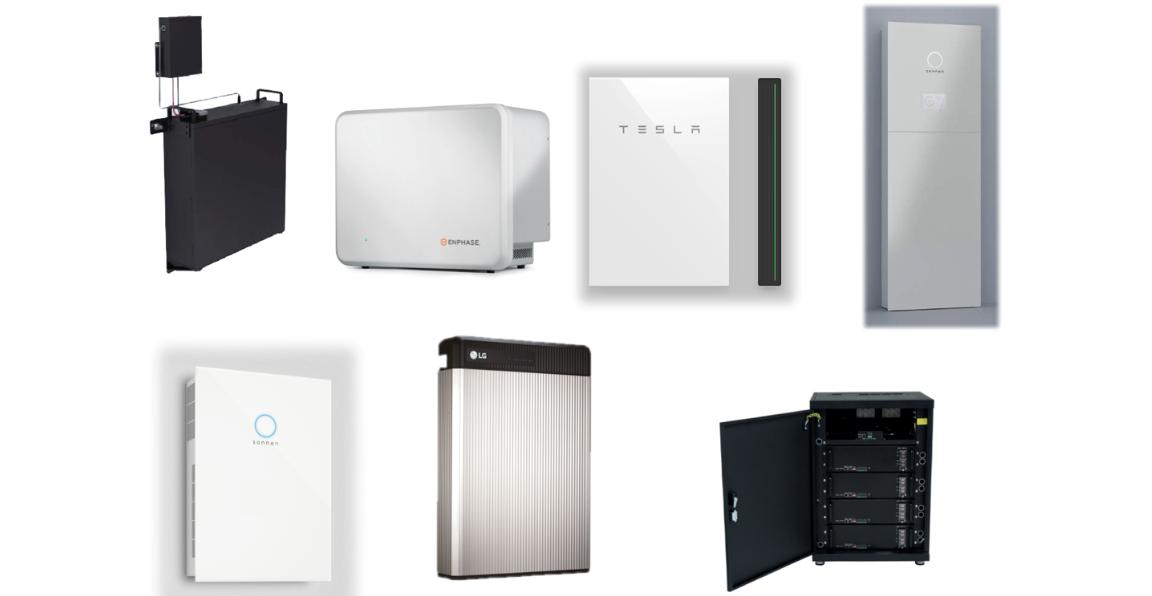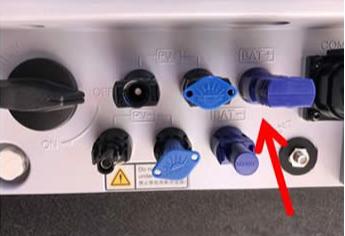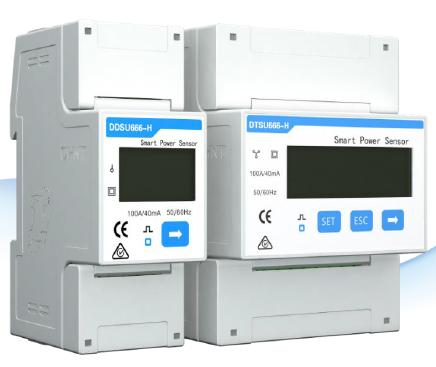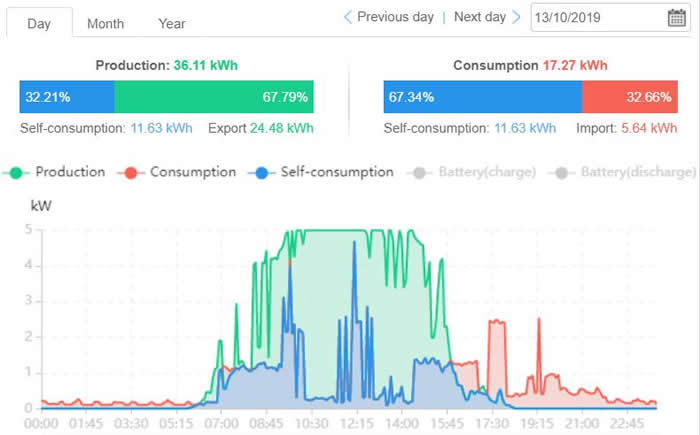
Battery ready solar inverters in Australia
This web page is a condensed version of this five page PDF document.
If you want the full story, then download the PDF, if not, read on.
Why are some solar companies not prosecuted for mis-representation?
We all see the ads for 'Battery Ready' solar systems and yet the inverter they are selling doesn't have any battery inputs, or battery charging and discharging hardware.
How is this miracle of new science possible?
One answer is simple. They don't claim the inverter is 'battery ready' they claim the 'system' is. The fact that their solar installation has nothing to do with a battery, and that your house was, by their definition, already battery-ready before you installed any solar, and that when you want a battery you will have to buy a second $3,000 inverter, is to them, irrelevant. We have got some of the strongest consumer protection laws in the World and I'm pretty sure that when people find out later that their 'battery-ready' solar is nothing of the sort, the courts are going to get pretty busy.
So what is genuine battery ready solar?
Easy, it's where the inverter DOES have battery inputs, and battery charge and discharge hardware and software. They are called 'hybrid' inverters because they do two jobs. They manage the solar panels AND they manage the battery.
How it works
Solar panels make DC power and send it down to the hybrid inverter.
The inverter has its own 'smart meter' that is clamped around your homes' phase cable(s) and it reports back to the inverter what power the house is drawing (loads). The inverter converts the DC power to AC power and supplies those loads, and any surplus solar is stored in the battery. When the battery is fully charged, any surplus solar is exported into the grid and you get paid 7 cents for it. When the solar has shut down for the night the smart meter continues to provide information about the household loads and the inverter then draws power from the battery.
Oh no, I didn't buy a hybrid inverter !!
Hybrids are pretty new tech, so most of the solar installations in Australia don't have hybrid inverters. However, you don't have to have a hybrid to connect a battery. You can buy a second 'battery' inverter and connect the battery to that. Some 'batteries' like Tesla Powerwall 2 and Sonnen have this extra inverter built-into the battery box so you don't know it's there, whereas other popular batteries from LG, BYD, Pylontech to name a few, require you to buy a 'battery only, no solar' inverter from brands like SMA, Goodwe, Growatt, and others.
If you can buy this battery inverter later, then what's the advantage of a hybrid?
Lower cost, more solar panels allowed, a single integrated reporting platform, single warranty, and less 'stuff' on your wall.
Not having to buy that second inverter will usually save you about $2,500 to $3,500.
The Clean Energy Regulator rules allow owners of hybrid inverters to ignore the usual 33.3% oversize rule (e.g. 5kW inverter with 33.3% more panels = 6.6kW). You can add as many more panels as you like AND claim STCs on them (Government discount) up to the limits allowed by the manufacturer of the inverter (and Australia's panel string voltage limit of 600 VDC) but you can only do this when the battery is connected. The rules say that this can be done at any time AFTER the solar installation so long as the rest of the system is still "approved".
This bonus does NOT apply if your solar inverter is not a hybrid. e.g. If you have a non hybrid Fronius Primo inverter and then install a Tesla Powerwall 2 inverter and battery to the house, then the usual 33.3% oversize limit applies.
So hybrid inverters are always the way to go?
If you bought a first generation hybrid but delayed buying a battery for, let's say five years, then the batteries that were approved and tested to work with your hybrid may be no longer available. What we are seeing is a predictable move towards the inverter manufacturer releasing their own batteries. Huawei, for example initially worked with LG batteries but now their own battery is ready. More storage, lower price, fully integrated management and reporting platform and most importantly, a vested interest in making sure compatibility for older models exists, because that means more sales of their own battery. Growatt have done the same, and you can expect the other main players Goodwe, SMA, Fronius, Sungrow etc, to follow suit.
The best of both Worlds
If you buy a non hybrid inverter then your only choice is to buy another inverter and run the battery from that.
You might not see that extra inverter if it's hidden inside the battery cabinet, but you've bought it none the less.
With a hybrid you have two choices. Accept the batteries that they make available, or else go the same path as the non hybrid inverters.
How can you spot a hybrid solar inverter?
Easy. The one thing they all MUST have are battery inputs, as shown in the picture below of the Huawei hybrid. Hang on though. Goodwe are just releasing their new model "EH" hybrids that have these battery inputs, but you can't get a battery to work with it until you purchase a pricey 'unlock code'. Tricky.

If you have a battery, whether its plugged into the bottom of a hybrid or AC coupled you must have a smart meter. Not the smart meter you get from Synergy, it is a smart meter that works with the inverter.
Huawei Smart meter (single and three phase) and what they do below...


Batteries aren't connected yet to this Huawei hybrid's energy graph as you can see they are greyed out.
Red is what you are buying from Synergy, blue is the solar power you have self-consumed, and green is what you have exported back to Synergy for a 7 cent payment per kWh.
How much does a battery cost?
It very much depends on whether you live in a place where the State Goverment provides a battery subsidy.
There's been a lot of reports in the media about the perilous state of our electricity network in Perth, and the ever increasing voltages caused by so many people exporting surplus solar in the middle of the day, and not enough buyers to soak it up.
"Drop the feed in tariff and introduce a battery subsidy instead" say some.
It's apparently cheaper to do that than upgrading the network.
Governments have a long history of trying to avoid spending any money, so we may not see any battery subsidies until the network breaks.
What we do say to people is 'don't rely on there always being a feed-in tariff' when making your cost justifications for solar.
You'll find current battery pricing at the bottom of our Prices page.
They would look a LOT more appealing with a South Australia style $6,000 subsidy.